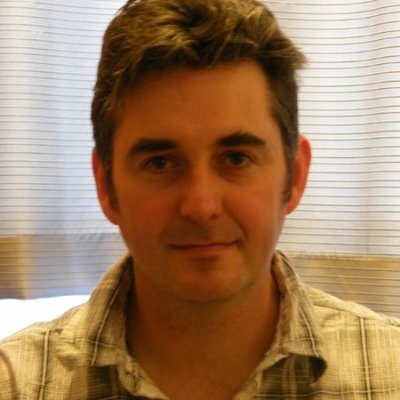Since the 1930s, fixed bed reactors (FBR) have been operated for continuous hydrogenation reactions in the petrochemical/fine chemical industries, with publications each year detailing engineering principles, scientific breakthroughs, equipment design and setup, from these industries. Only in the last two decades, FBR have started to be utilized in the pharmaceutical industry as a result of sustainability commitment and growing demand of complex and specialized drugs. Most of the engineering knowledge is transferable across industries; however, there are differentiators inherent to each industry, with the pharmaceutical industry having its own unique challenges. One of the main differentiators between industries is the reactor scale and, consequently, reactor catalyst requirements. Petrochemicals or fine chemicals operate on a large industrial scale, with up to 72 m high reactors, with an internal diameter on the order of 5 m (China Petroleum & Chemical Corporation), and require large volumes of catalysts because of the high product demand for thousands of tonnes per year, while for the pharmaceutical industry, a smaller scale reactor is required for product demand in the thousands of kilograms per year range. It is the reactor size that defines catalyst specifications, such as particle size and geometry. Many transformations have emerged from academic and medicinal chemistry groups utilizing the ThalesNano H-Cube; however, there are relatively few reported processes that have been scaled within the pharmaceutical industry. The talk outlines GSK’s approach to adopting the emerging technology within pharma of trickle bed reactors for hydrogenations from laboratory scale to future pilot plant equipment.
Biography

Lee Edwards, Principal Investigator, GSK Associate Fellow
Lee Edwards has accumulated 25 years of experience within the pharmaceutical industry. He joined Sandoz Pharma AG / Novartis as a medicinal chemist in 1995, moved to Maybridge Chemical Company Ltd in 1998. as a research chemist where he performed custom syntheses of fine chemicals up to 10 L scale. He re-joined Novartis in 2000 and worked on various medicinal chemistry targets where he simultaneously pioneered technologies emerging at that time (microwave chemistry, dynamic combinatorial chemistry, flow chemistry). His contributions at Novartis led to two compounds in the clinic, including Icenticaftor due to market in 2024 and saw him become one of its global industrial experts in photochemistry. He joined GSK in 2014 as a Process Chemist where he supported various internal API development projects on single and multi‐stage continuous flow steps, and represents the company in various industry‐academia collaboration projects. He developed GSK’s global photochemical platform and in his current role is responsible for gas/liquid trickle bed flow chemistry and is GSK subject matter expert in continuous (flow) chemistry, photochemistry and electrochemistry. He is listed as author/inventor on 69 publications/patent applications.
Watch a recording of the presentation below:




